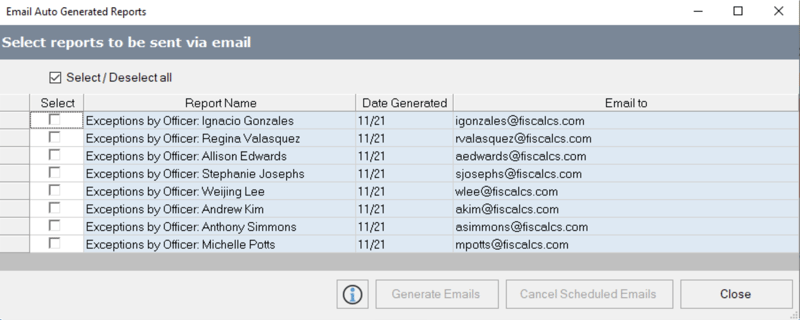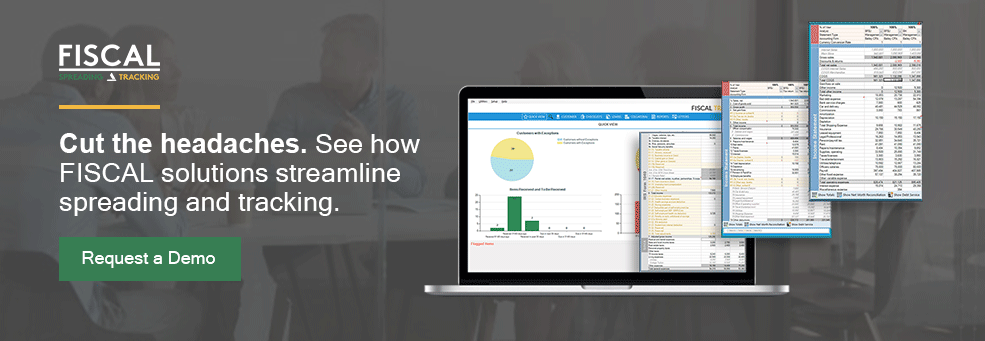Credit unions and community banks commonly use Microsoft Excel for tracking loan covenants and financial documents, while some banks prefer to perform tracking tasks using the bank’s core system. The aim of either approach is to use the platform that is most familiar and easy for loan officers to manage.
Oftentimes, however, Excel and core banking systems lack the important capabilities that institutions need as they grow. When a bank’s loan portfolio is small, Excel or a core system may be sufficient for tracking tasks. As the portfolio scales up, loan officers may find these tools are not enough to keep up with the increase in volume.
If this scenario sounds familiar, it might be time to research loan tracking software solutions.
Like many digital tools today, tracking software offers banks a more efficient way to track loan covenants and obtain documents in a timely manner, such as deeper reporting insights and automation.
In this article, we’ll cover what loan tracking software is and what the benefits are.
Let’s dive in:
What is Loan Tracking Software?
Loan tracking software, sometimes called loan servicing software, is specifically designed for banks and credit unions to have complete control, visibility, and even some automation of their loan exception and loan origination details.
Unlike Excel, loan servicing software enables both users and management to have visibility into what’s coming due with powerful and automated dashboards and reports.
Banks have a wide range of loan tracking software to choose from today. At one end, there are Loan Origination Systems (LOS) geared for larger regional and national banks. On the other are core systems that offer tracking capabilities as a value-added service.
In the middle are independent, tailor-made software options that manage tracking tasks, and may be paired with other capabilities, such as spreading.
Community banks and credit unions have unique needs and should seek a solution that’s capable of meeting them.
For example, LOS platforms offer plenty of capabilities but tend to be expensive and extremely rigid, which likely won’t serve an institution that requires flexibility when lending to its many small business customers.
What to Look for in Loan Tracking Software
Community banks and lending institutions should consider a number of factors before deciding which is the right loan tracking software solution for them.
Here are some of the features and benefits to consider as you examine your options:
1. Look for Loan Servicing Software That’s Purpose Built
Some core banking systems offer a tracking tool as an add-on feature. At first glance, this seems like a sensible choice. It’s a tickler system built directly into the platform your lending team is already using and comfortable with.
Unfortunately the underlying systems and data structures are not built with tracking specifically in mind.
Core systems are built with a software architecture meant to ensure it is reliable and stable. Adding a tracking system to the existing framework requires layering on capabilities to an existing system that was simply not designed for the task at hand. This could result in significant limitations or a data management structure that forces banks to store information in an inefficient way.
Here’s a common example: a borrower has three loans with an institution and the loan officer has required financial statements and documents to use across the loans. But when it comes time to input this information into the tracking system, the loan officer finds the core system tracks documents at the loan level. This means the many documents required for that borrower must either be uploaded three times or assigned to just one of the loans, resulting in a lot of wasted time or risk of losing the ticklers if that particular loan pays off early.
When a tracking solution is designed first and foremost for tracking, the end product is more likely to serve the needs of the user without the unintended consequences of a system that has been bolted onto another.
2. Sufficient Capabilities for Loan Officers
When credit unions and community banks are looking for a software solution, it’s because the system they have is falling short. A key step in this search process is to understand the tool thoroughly and ensure it has the capabilities loan officers need. Purchasing a product that lacks key tools or has significant limitations will still leave your bank with a system that’s lacking.
For example, some tickler systems impose artificial limitations on the amount of information that can be input for each customer or loan. A tool might allow only three items per customer, or limit each item’s name to 50 characters. This can lead to entering multiple items into a cell meant for one item, or lots of confusing abbreviations that make the information hard to read during review and completely impossible to report against.
The best way to ensure you get a tool without these limitations is to ask for a detailed, individualized product demo so you can see its capabilities in detail before you buy.
3. Loan Tracking Software Should Balance Flexibility and Automation
Automation should offer true efficiency over doing tasks by hand. If a tracking system is over-automated, it could lead to more work trying to get around prompts and required entries. Instead, look for automation that’s right-sized, saving time on rote tasks, like automated reminders for recurring items, sorting and filtering, and generating reports, yet allows for a high degree of flexibility so you can opt-out of the automation features you don’t need.
4. Offers Real Reporting Insights
A comprehensive reporting tool is where loan tracking software can truly stand apart from the competition. When evaluating reporting capabilities within a tool, look at example reports and the depth of information available. Are you getting actual insights or the equivalent of a straight data export?
A good reporting tool can help credit unions and community banks ensure lending and portfolio management runs smoothly.
- Does the reporting tool allow for grouping and sorting by customer, category, officer?
- Is there an option to automatically generate and send reports for review?
- Can it offer a deeper look into related party exceptions and exposure?
When reports are detailed and presented in a clear, concise way, with formatting that highlights the most important information, institutions can quickly get answers to questions and understand the full financial picture.
Exceptions reports can be grouped and filtered on a variety of criteria

Reports can be scheduled to be run and emailed to internal recipients

5. Skilled Loan Tracking Support Team
One invaluable aspect of a loan tracking software’s return on investment is the time and frustration saved when you have access to a knowledgeable support team. Support should be available to address issues quickly when problems arise. Long wait times and re-explaining problems as you move up the chain to more skilled members of the support team can diminish the value of your loan tracking tool.
Banks also benefit from support that offers loan-processing expertise and help them get the most out of the system. When asking how to accomplish a specific task or customization within the software, support should have the knowledge to understand desired outcome and explain the implications of the suggested changes.
Skilled, expert support not only answers questions but asks them too, digging into what you’re trying to accomplish and help you reach your end goal faster.
FISCAL is Loan Tracking Software That’s Simple and Supported
For banks and credit unions that want a tracking system that does more, FISCAL TRACKING offers a loan tracking software solution that aligns consistency and efficiency with the flexibility institutions need for commercial lending. To get a deeper understanding of FISCAL TRACKING and the capabilities it delivers, request a demo.



